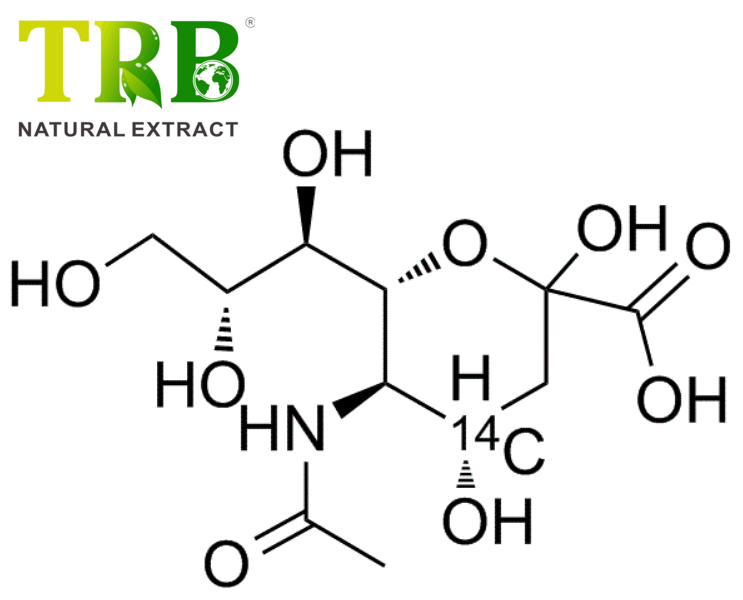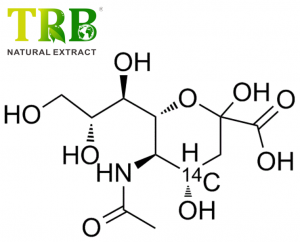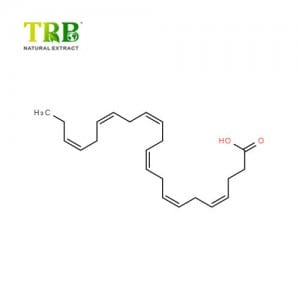Our company since its inception, constantly regards product or service high quality as business life, continually improve creation technology, make improvements to product high-quality and consistently strengthen business total high-quality management, in strict accordance together with the national standard ISO 9001:2000 for N-Acetylneuraminic Acid/Sialic Acid, Customers’ profit and pleasure are constantly our biggest goal. You should contact us. Give us a probability, offer you a surprise.
Our company since its inception, constantly regards product or service high quality as business life, continually improve creation technology, make improvements to product high-quality and consistently strengthen business total high-quality management, in strict accordance together with the national standard ISO 9001:2000 for China N-Acetylneuraminic Acid, N-Acetylneuraminic Acid China, The design, processing, purchasing, inspection, storage, assembling process are all in scientific and effective documentary process , increasing usage level and reliability of our brand deeply, which makes us become superior supplier of the four major product categories shell castings domestically and obtained the customer’s trust well.
Sialic acid (SA), scientifically known as “N-acetylneuraminic acid,” is a naturally occurring carbohydrate. It was originally isolated from the submandibular gland mucin, hence the name. Sialic acid is usually present in the form of oligosaccharides, glycolipids or glycoproteins. In the human body, the brain has the highest sialic acid content. The sialic acid content in the gray matter is 15 times that of the internal organs such as liver and lung. The main food source of sialic acid is breast milk, which is also found in milk, eggs and cheese.
In medicine, glycolipids containing sialic acid are called gangliosides, which play a very important role in the production and development of the brain and nervous system. At the same time, animal studies have shown that the reduction of ganglioside levels is associated with early malnutrition and reduced learning ability, while supplementation with sialic acid can improve animal learning behavior. Adequate supply of sialic acid may be particularly important for the normal development of brain function in children with low birth weight. After the baby is born, the sialic acid in the breast milk is essential to ensure their normal development. Investigations have shown that sialic acid levels in mothers after childbirth decline over time. Therefore, continuous intake of sufficient amount of sialic acid during pregnancy and after pregnancy can help maintain sialic acid levels in the body. Moreover, the content of sialic acid is also significantly correlated with the content of DHA, suggesting that it is highly likely to be associated with brain structure and brain function development in infants, both of which may be beneficial for early brain development.
Studies have shown that the golden period of human brain development is between the ages of 2 and 2 years of age. This stage is a critical period for brain cell number adjustment, volume increase, functional perfection, and neural network formation. Therefore, smart mothers will naturally pay attention to the intake of sufficient amount of sialic acid during pregnancy. After the baby is born, breast milk is an effective way to add sialic acid to the baby, because about 0.3-1.5 mg of sialic acid per milliliter of breast milk. In fact, all mammals, including humans, are able to synthesize sialic acid from the liver by themselves. However, the liver development of newborns is not yet mature, and the need for rapid growth and development of the brain may limit the synthesis of sialic acid, especially for premature infants. Therefore, sialic acid in breast milk is essential for ensuring normal growth and development of the baby.
Australian researchers have found that breast-fed infants have a higher concentration of sialic acid in the frontal cortex than formula-fed infants. This may promote the formation of synapses, help the baby’s memory to form a more stable structural basis, and strengthen the development of the nervous system.
Product Name: Sialic acid ; N-Acetylneuraminic acid
Other Name:5-Acetamido-3,5-dideoxy-D-glycero-D-galactonulosonic acid o-Sialic acid Galactononulosonic acid Lactaminic acid NANA N-Acetylsialic acid
Origin: Edible bird’s nest
Spec: 20%–98%
Appearance: white fine powder
CAS NO.: 131-48-6
MW: 309.27
MF: C11H19NO9
Place of Origin: China
Storage: Store in a cool & dry area, keep away from the direct light and heat.
Validity: Two years if properly stored.
FUNCTION:
1. Anti-virus function.
2. Anti-cancer function.
3. Anti-inflammation function.
4. Defensive function against bacteriological infectiong.
5. Controlling ability of immune system.
6. Restraining ability against pigmentation.
7. Signal transformation in nerve cells.
8. Play a key role in brain development and learning.
9. As precursor for the manufacture of many pharmaceutical drugs.







